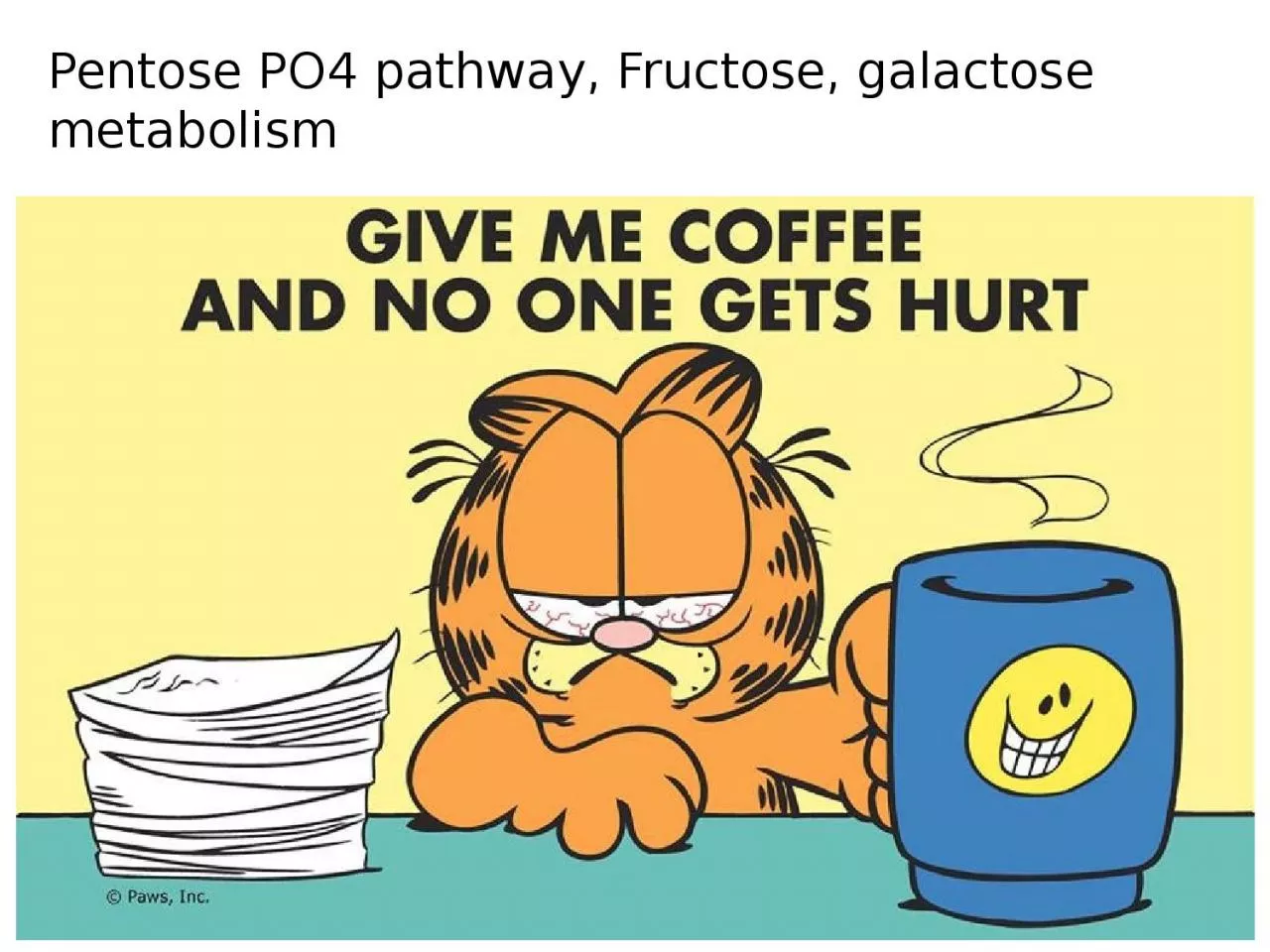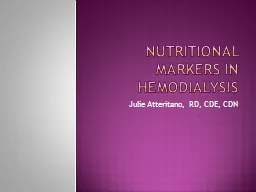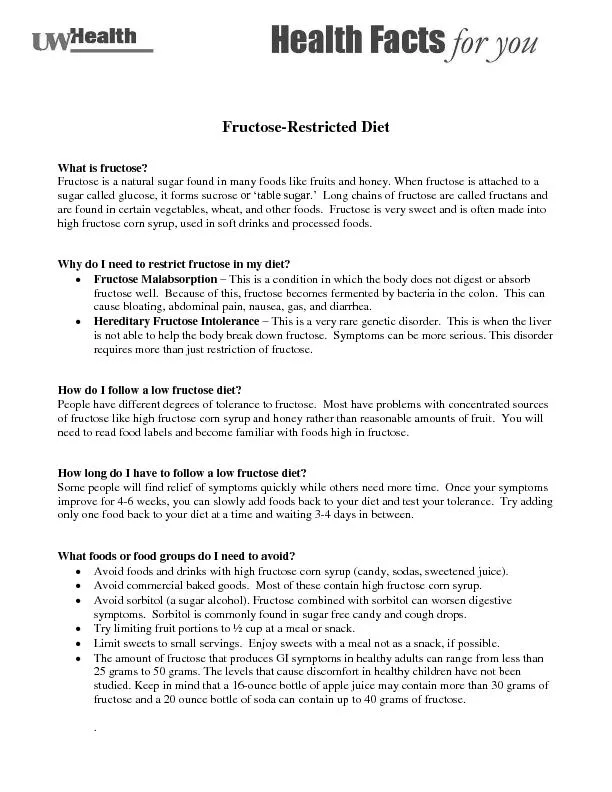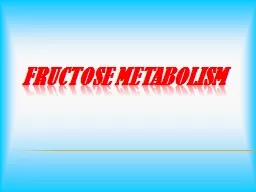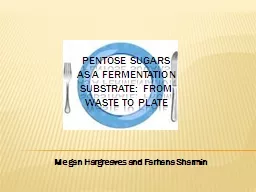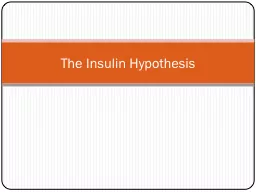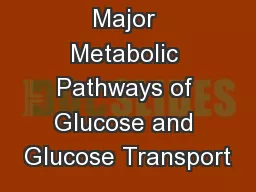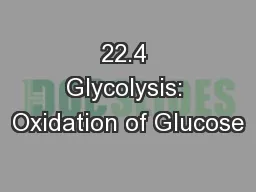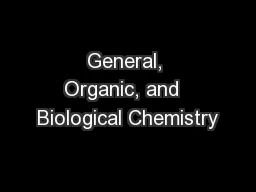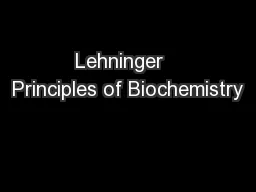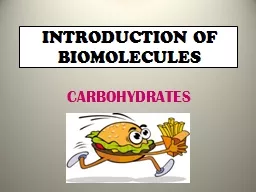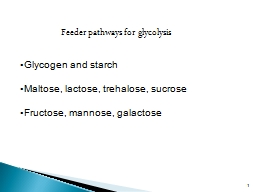PPT-Pentose PO4 pathway, Fructose,
Author : caroline | Published Date : 2022-06-11
galactose metabolism The Entner Doudoroff pathway which is felt to have given rise through evolution to both the Pentose PO4 Pathway and Glycolysis begins with
Presentation Embed Code
Download Presentation
Download Presentation The PPT/PDF document "Pentose PO4 pathway, Fructose," is the property of its rightful owner. Permission is granted to download and print the materials on this website for personal, non-commercial use only, and to display it on your personal computer provided you do not modify the materials and that you retain all copyright notices contained in the materials. By downloading content from our website, you accept the terms of this agreement.
Pentose PO4 pathway, Fructose,: Transcript
Download Rules Of Document
"Pentose PO4 pathway, Fructose,"The content belongs to its owner. You may download and print it for personal use, without modification, and keep all copyright notices. By downloading, you agree to these terms.
Related Documents

